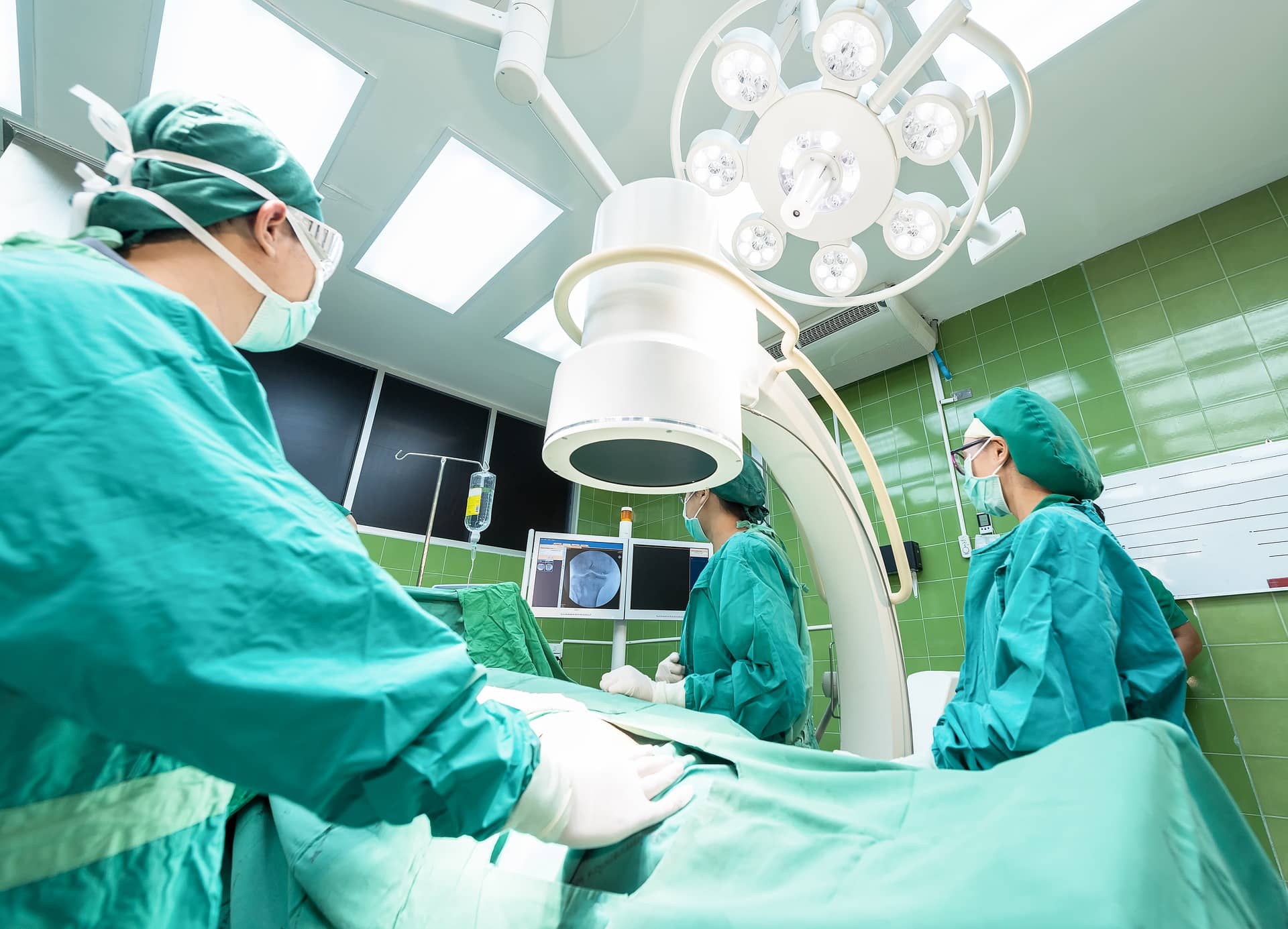An Overview of Simulation Technology in the Healthcare Industry

Simulation technology is used to train current and potential healthcare professionals and to enhance their knowledge and skills in a safe environment. Today, the wide range of healthcare simulation technologies-both physical and virtual-have many applications and offer numerous benefits to health professions schools, and healthcare facilities. If you visit https://www.anaes.fr/jcms/pprd_2974158/en/promouvoir-la-simulation-en-sante-pour-la-gestion-des-risques, you can learn about promoting health simulation for risk management.
Important Things to Know
Healthcare, like aviation, is a complicated, dynamic, and very dangerous atmosphere. It is an interdependent procedure carried out by groups of individuals who have different roles and tasks. These are all places that have been addressed in aviation education since the 1990s. Aviation and healthcare educators are collaborating to develop techniques to analyze and teach non-technical skills from the simulation environment.
Impact of Simulation in Healthcare
The expansion of high-fidelity patient simulators has been driven by the need for technical skills training. Although the value of advanced human simulation is now recognized in the tradition of human factors skills known in healthcare as team resource management. Today, online clinical simulation education is available and ready to assist in the education and practice of nurses. However, it is very important to focus on one of the most important benefits of medical simulation and how it can change the practice and understanding of this medicine.
Benefits of Simulation in Healthcare
 Collaborative training allows for shared learning and the opportunity to learn more about each component’s perspective in a different professional environment. The focus on these courses often provides healthcare professionals with new perspectives on how influences such as organizational culture can affect human performance and safety. Recent observed developments show how applying established training approaches in aviation to some other high-risk operations can reduce both adverse events and injuries.
Collaborative training allows for shared learning and the opportunity to learn more about each component’s perspective in a different professional environment. The focus on these courses often provides healthcare professionals with new perspectives on how influences such as organizational culture can affect human performance and safety. Recent observed developments show how applying established training approaches in aviation to some other high-risk operations can reduce both adverse events and injuries.
